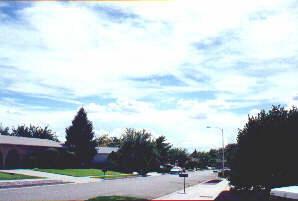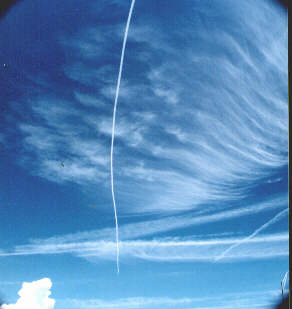
RAINFALL pH TEST REPORTS
This paper shows comparisons of average measured rainfall pH levels across many different areas in the US during the years 1990, 1999, and 2000. There are small differences in average rainfall pH levels across the nation when the years 1990 and 1999 are compared for each region measured, but the year 2000 shows significant increases in pH levels over both years 1990 and 1999, with some increases upwards of 73% in the year 2000 over earlier 1990 levels. This depicts a large change in atmospheric chemistry across many regions of the US in 2000 over earlier years.





